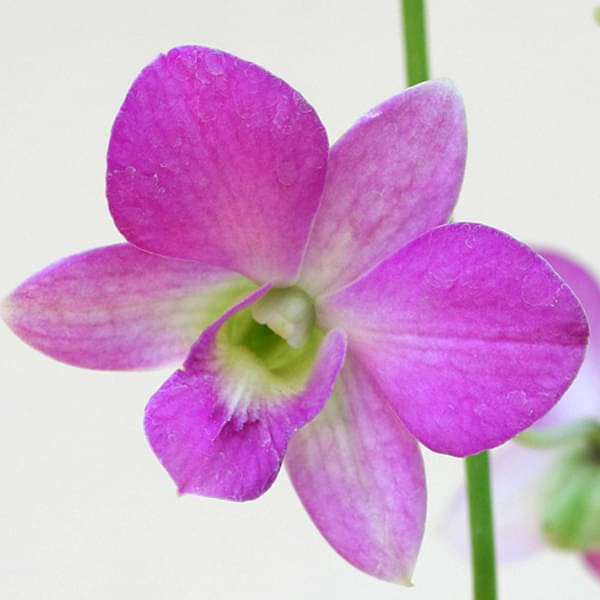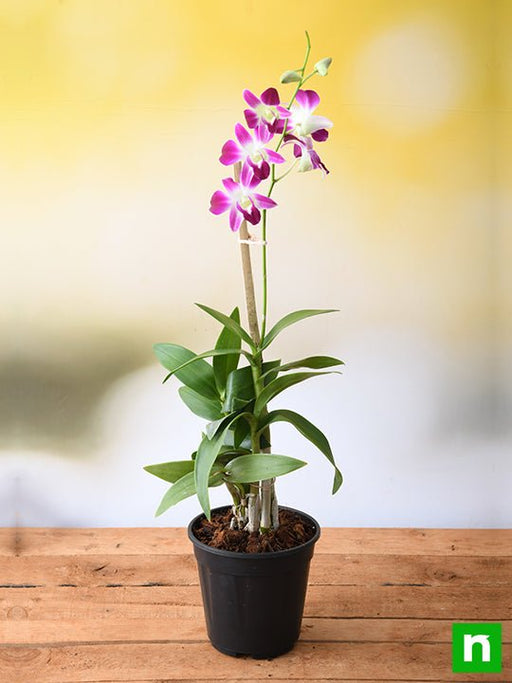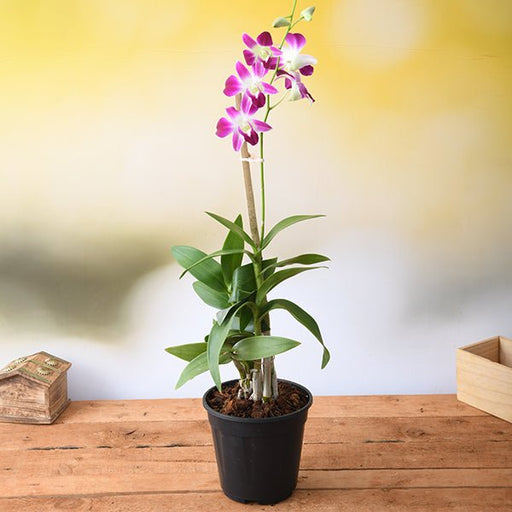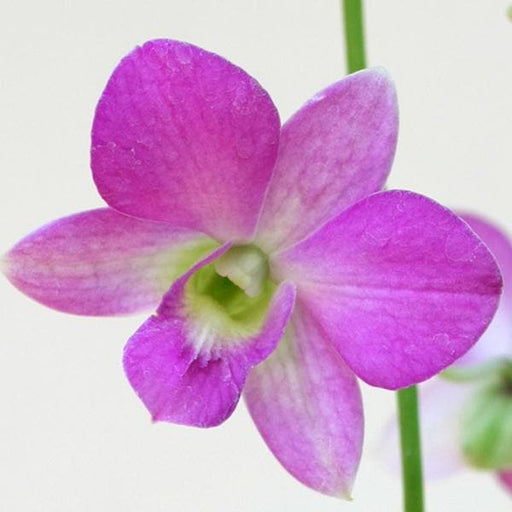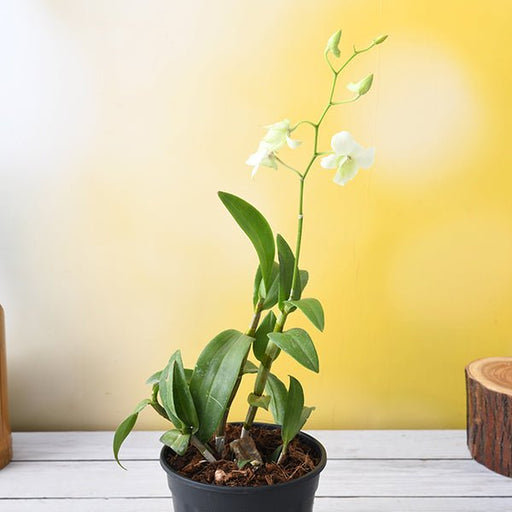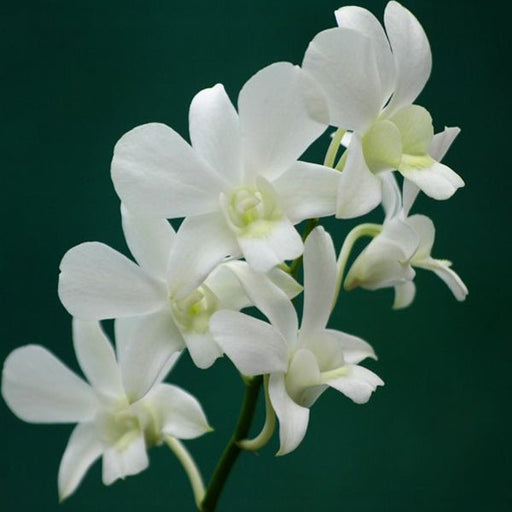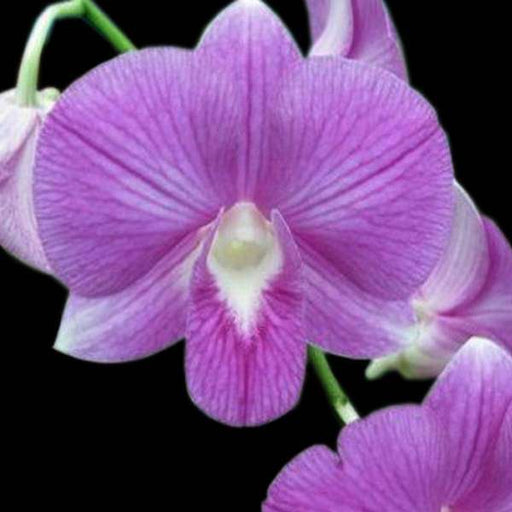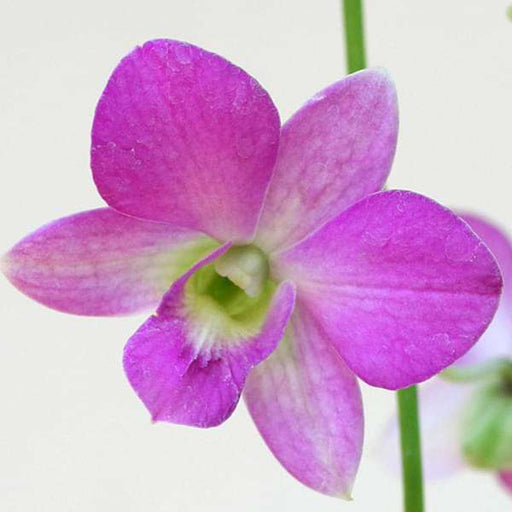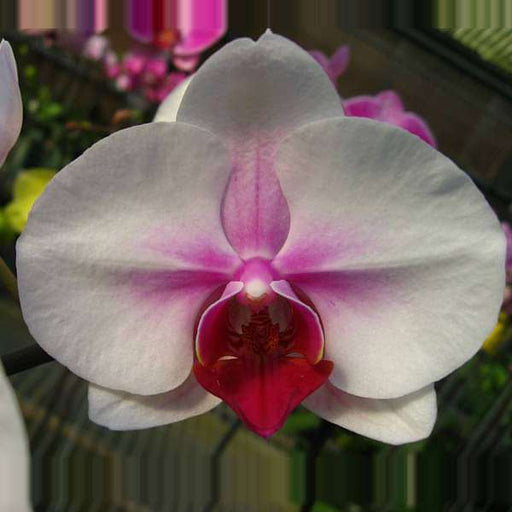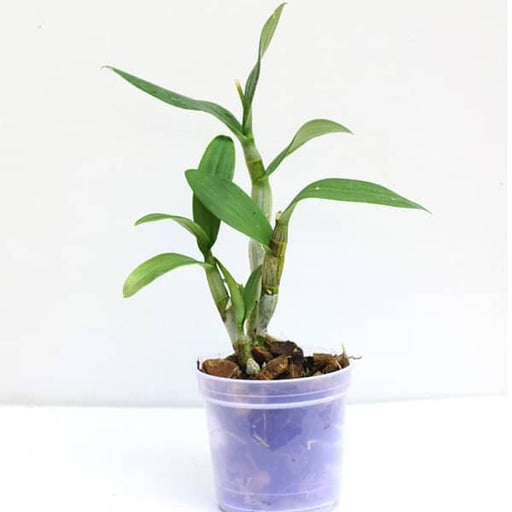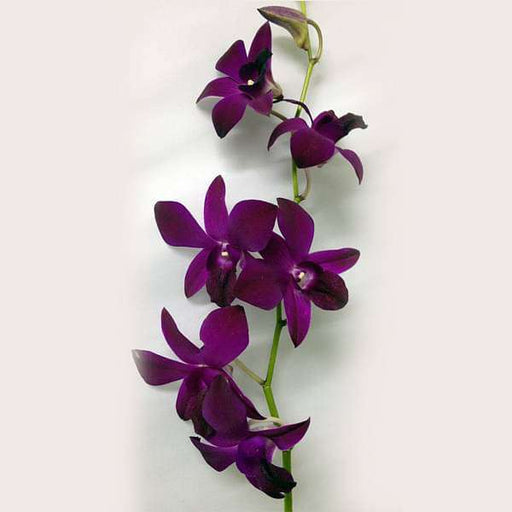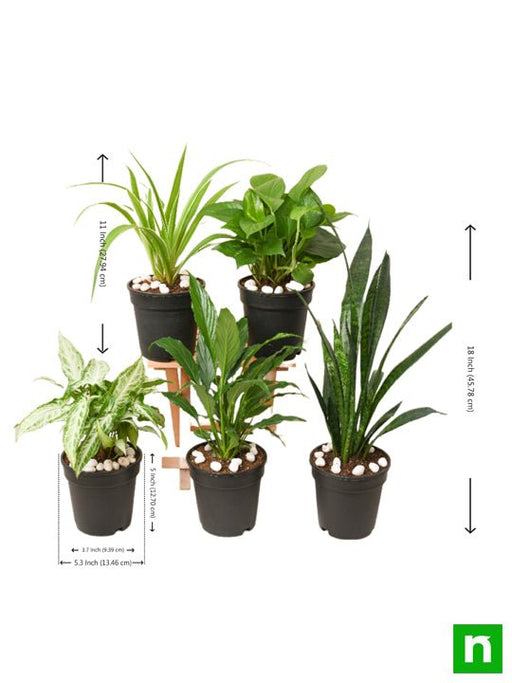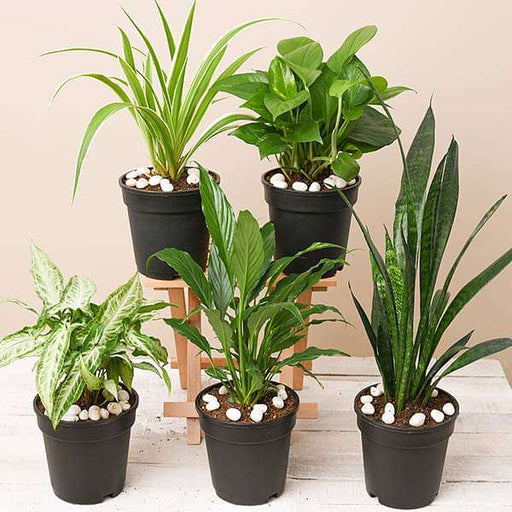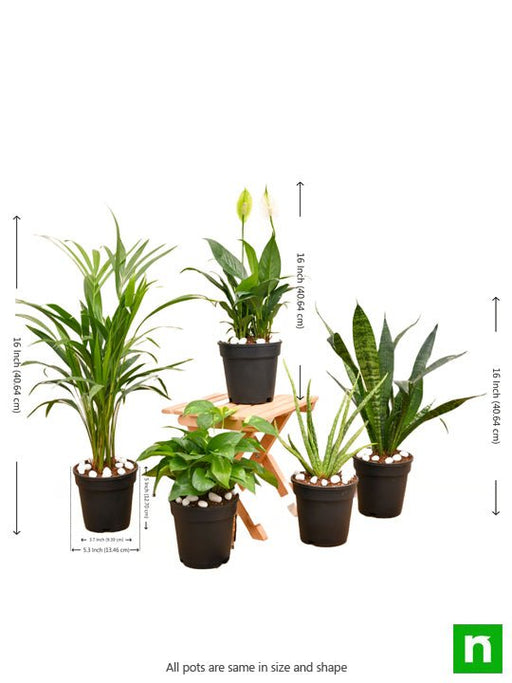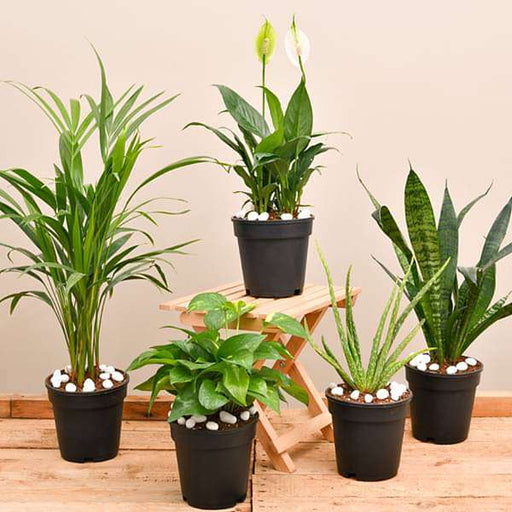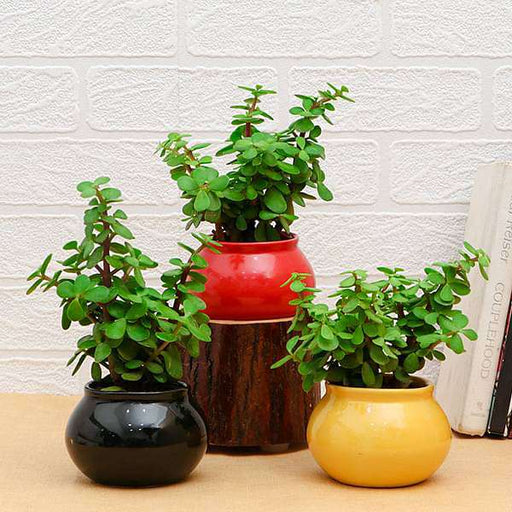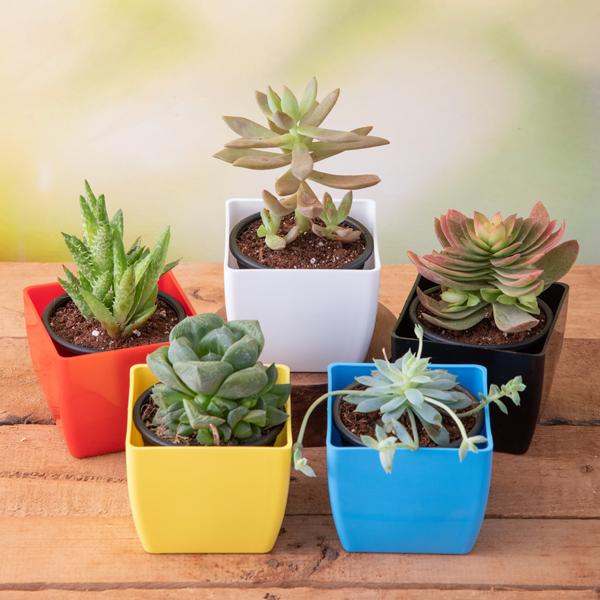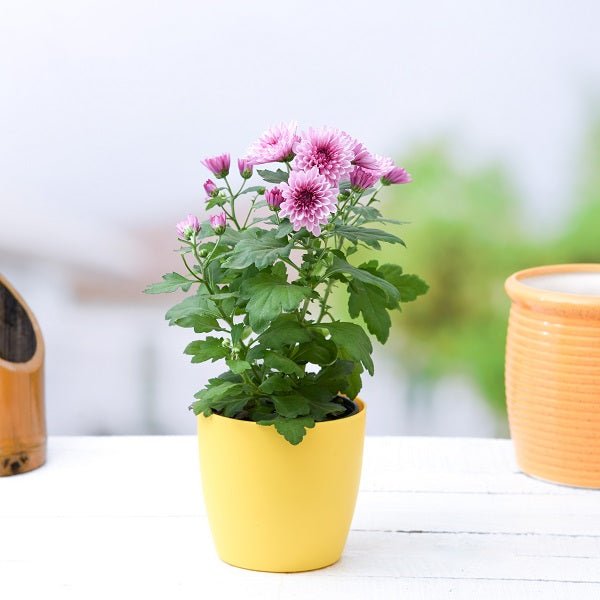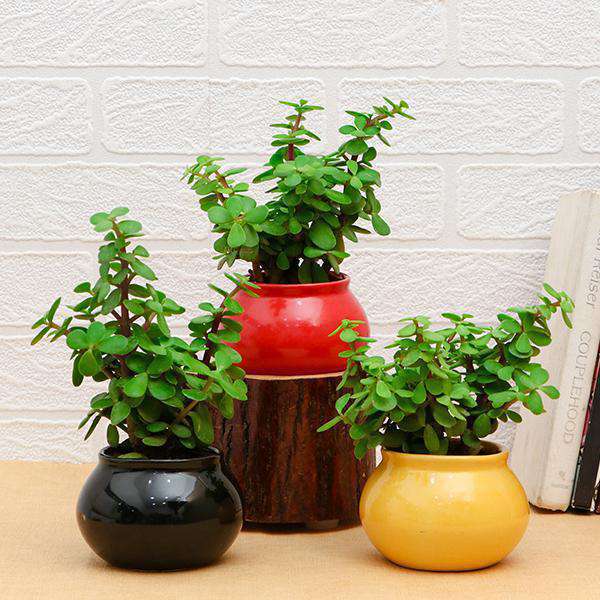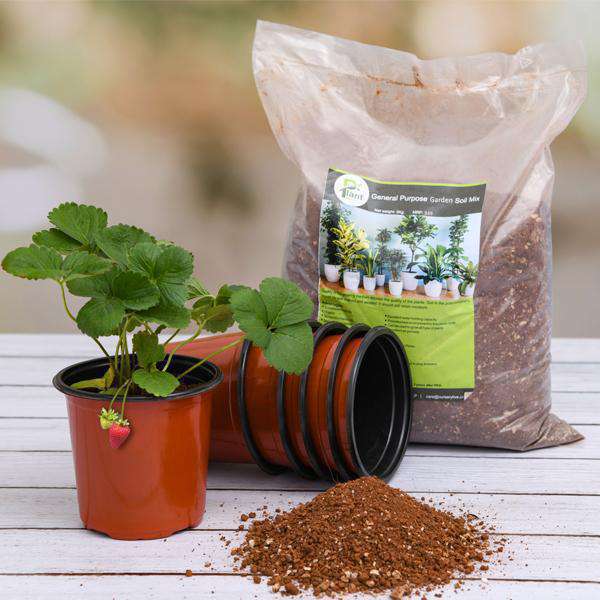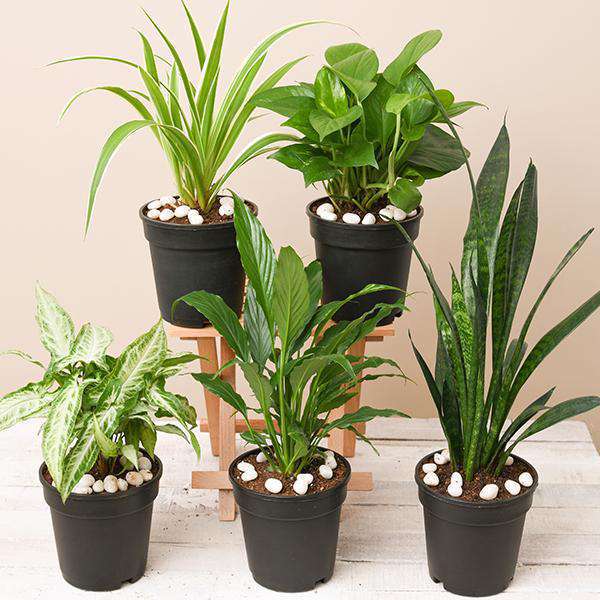Dendrobium Orchid Care
Caring for your Dendrobium Orchid is like nurturing a diva; it requires just the right amount of attention and a sprinkle of love. These beauties thrive in bright, indirect light and prefer a cozy temperature between 65°F and 75°F. Water them when the top inch of soil feels dry, but don’t drown them—think of it as giving them a refreshing spa day, not a swim! Fertilize every couple of weeks during the growing season, and watch them bloom like they’re auditioning for a floral fashion show.
Lavender Dendrobium Varieties
Lavender Dendrobiums are the fashionistas of the orchid world, flaunting their stunning hues like they’re strutting down a runway. With varieties like Dendrobium ‘Burana Beauty’ and ‘Dendrobium Kingianum’, these orchids bring a pop of color to your plant collection. Each variety has its own personality, from the delicate pastel shades to the bold, vibrant tones. They’re not just pretty faces; they’re also relatively easy to care for, making them the perfect addition to your botanical entourage.
Orchid Potting Mix
Choosing the right potting mix for your Dendrobium Orchid is like picking the perfect outfit; it needs to be just right! A well-draining mix, often composed of bark, perlite, and charcoal, allows your orchid to breathe and prevents root rot. Think of it as giving your plant a luxurious bed to rest on. Avoid regular potting soil, as it’s like putting your orchid in a pair of cement shoes—definitely not a good look!
Orchid Fertilizer
When it comes to feeding your Dendrobium, think of fertilizer as the gourmet meal that keeps your plant thriving. A balanced orchid fertilizer, ideally with a ratio of 30-10-10, provides the essential nutrients for robust growth and stunning blooms. Just like a well-fed diva, your orchid will flourish and show off its vibrant colors. Remember to dilute the fertilizer to avoid overwhelming your plant; nobody likes a heavy meal!
Orchid Light Requirements
Light is the lifeblood of your Dendrobium Orchid, but too much can lead to a sunburnt diva! These orchids prefer bright, indirect light, akin to a cozy café ambiance rather than a harsh spotlight. A south or east-facing window is ideal, but if the sun is too intense, a sheer curtain can be your plant’s best friend. Keep an eye on those leaves; if they turn yellow, it’s a sign your orchid is throwing a tantrum for more shade!
Humidity for Orchids
Dendrobium Orchids hail from tropical climates, so they thrive in humidity levels that would make a sauna jealous. Aim for 50-70% humidity to keep your plant feeling fabulous. If your home is drier than a desert, consider using a humidity tray or a humidifier. Your orchid will thank you with vibrant blooms, and you’ll feel like you’ve transported a piece of the tropics right into your living room!
Repotting Dendrobium Orchids
Repotting your Dendrobium Orchid is like giving it a fresh start in life. Every couple of years, or when the roots start to outgrow their space, it’s time for a new pot. Choose a pot that’s slightly larger and filled with fresh potting mix. This process can be a bit messy, but think of it as a spa day for your plant—refreshing and rejuvenating! Just be gentle with those roots; they’re sensitive souls that need a little TLC.
Dendrobium Orchid Blooms
The blooms of a Dendrobium Orchid are like nature’s confetti, celebrating life with their vibrant colors and intricate shapes. These flowers can last for weeks, bringing joy and elegance to any space. Each bloom opens in a spectacular display, often in clusters, making your plant look like it’s ready for a party. With proper care, you’ll be the proud parent of a floral masterpiece that will have your friends green with envy!
Common Orchid Pests
Just like any diva, Dendrobium Orchids can attract unwanted attention from pests. Aphids, mealybugs, and spider mites are the party crashers you want to keep at bay. Regularly inspect your plant for these little intruders and act quickly if you spot them. A gentle wash with soapy water or a neem oil spray can send them packing. Remember, a healthy orchid is a happy orchid, and nobody wants a pest-infested plant ruining the vibe!
Dendrobium Orchid Propagation
Propagating your Dendrobium Orchid is like expanding your family tree—who wouldn’t want more of these beauties? The most common method is through division, where you carefully separate the plant into smaller sections, each with roots and pseudobulbs. It’s a delicate process, but with a little patience and care, you’ll have new plants to share or keep for yourself. Just think of it as creating a mini orchid empire right in your home!
Orchid Diseases
Just like humans, Dendrobium Orchids can fall ill, but with a little vigilance, you can keep them healthy. Fungal and bacterial infections can sneak in if conditions aren’t just right. Keep an eye out for yellowing leaves or unusual spots, and act fast! A good dose of fungicide or a change in care routine can often do the trick. Remember, prevention is key; a happy orchid is less likely to catch a cold!
